

Uh oh...
It appears that you're using a severely outdated version of Safari on Windows. Many features won't work correctly, and functionality can't be guaranteed. Please try viewing this website in Edge, Mozilla, Chrome, or another modern browser. Sorry for any inconvenience this may have caused!
Read More about this safari issue.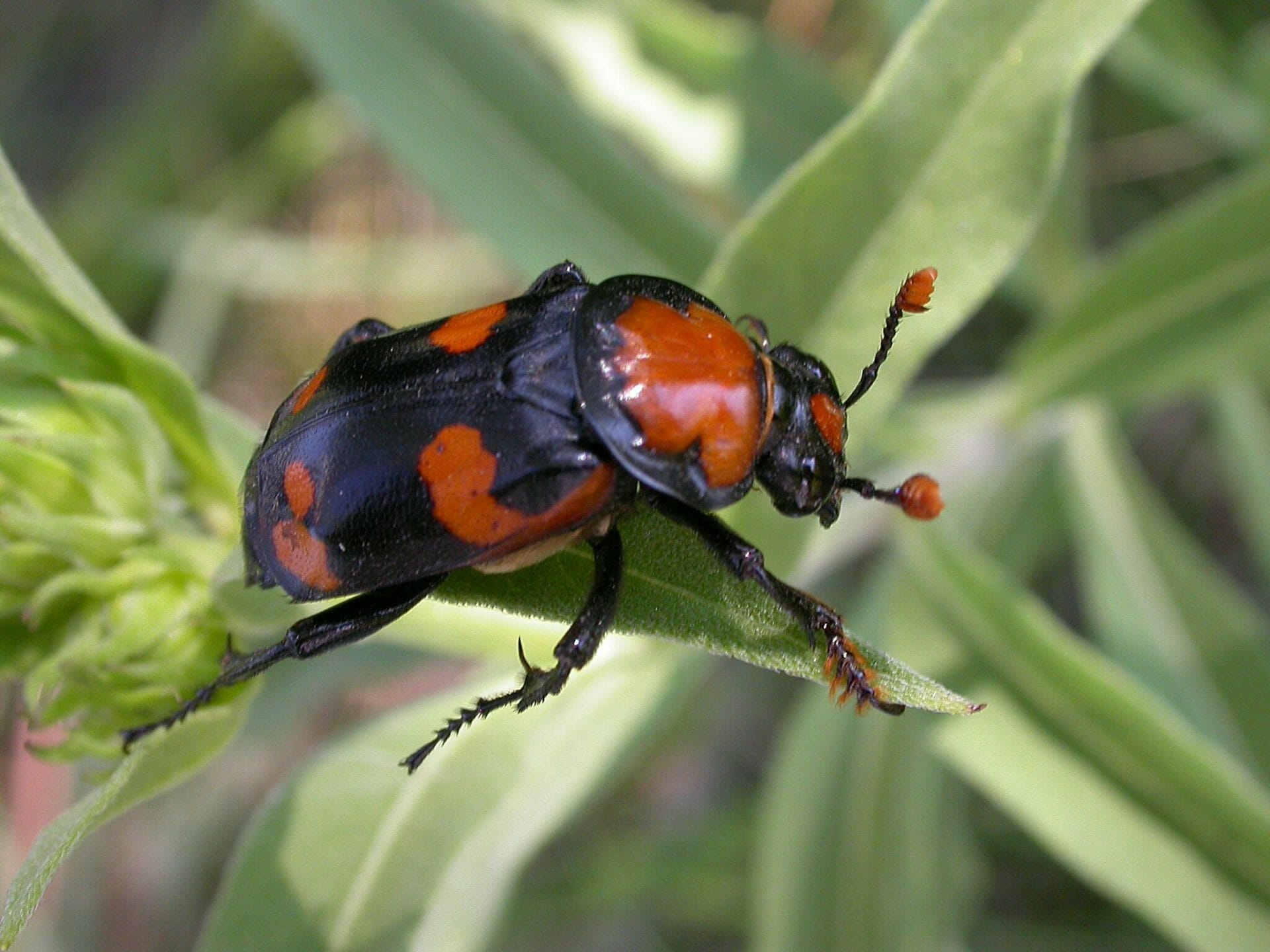

Arkansas is no stranger to insects. In fact, it’s not uncommon to hear visitors or new residents complain about the number of bugs to be found in the natural state. With a generally warmer, milder climate, Arkansas and its southern neighbors do tend to have more bugs than more northern states. Arkansas has between 35,000 and 40,000 different species of insects, but only one of those species has been labeled an endangered species.
The American Burying Beetle was once found in at least 35 states, including most of the eastern half of the country. However, as early as the 1920s, scientists noted a remarkable decline in the beetle population, beginning with the northern states and sweeping south and west. By the 1960s, surveys showed the beetles existed only on the far edges of their original range. In 1992, the American burying beetle was declared an endangered species, an important declaration that afforded the beetles some protection. The beetles currently live in only nine states, including western Arkansas and neighboring Oklahoma.
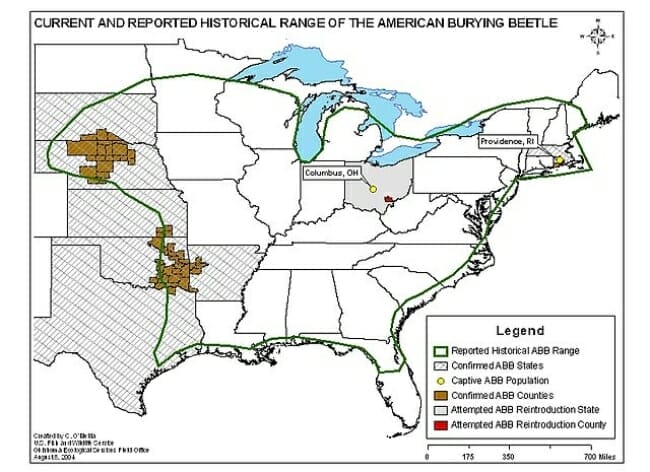
The American burying beetle is easy to spot at the right time of day or, more likely, at night. It’s the largest carrion beetle and plays an important role in the decay of dead animals. The insects grow between 25 and 45 millimeters long with bright orange spots on its back and an orange shield behind its head. It also has four wings with orange markings. These bugs are hard workers, though, in fact, they’re not bugs at all. Bugs and beetles are from two different scientific classifications, with bugs part of the Order Hemiptera and beetles from the Order Coleoptera. Some of their differences include bugs’ mostly liquid diet, whereas beetles tend to eat plants and animals. Young bugs often resemble smaller versions of their adult counterparts. Beetles pass a complete metamorphosis in their transition to adulthood, and they need a source of carrion to start the process.
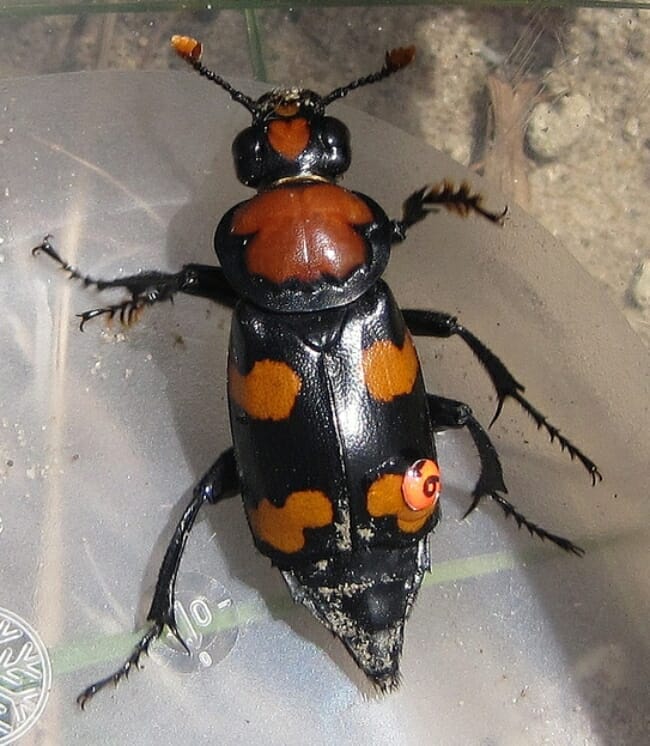
In the spring, the beetles emerge from hibernation, usually from underground, beneath rocks or fallen logs. They begin searching for a mate, and once found, the hunt is on. The beetles need an animal carcass to lay their eggs in. They are nocturnal and can locate dead animals up to 2 miles away by using a phenomenal sense of smell from the olfactory organs on their antennas. The beetles prefer smaller carrion and can move the animal to a different site, even though these carcasses tend to weigh much more than the beetles. Once they find a suitable site, the beetles bury the carrion, often digging eight to 12 hours to completely cover it. This is important for several reasons. It keeps flies away from the carcass and from using it to lay their own eggs, and by burying the dead animal, the beetles serve as great recyclers for our ecosystem.
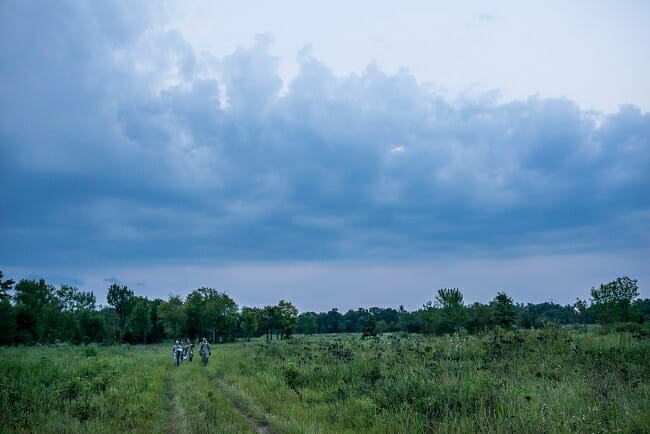
Fort Chaffee is home to American burying beetles. Photo: Master Sgt. Michel Sauret, Public domain, via Wikimedia Commons
Once they’ve buried the carrion, the beetles lay their eggs and take care of the larvae when they hatch. After they hatch, the larvae eat for about a week before they burrow into the ground and wait for metamorphosis. In 45 to 60 days, they emerge again as adult burying beetles. The life span of a beetle is about one year, including hibernating through winter.
In Arkansas, the American burying beetle is found most notably near Fort Chaffee in the Fort Smith area. The beetles reproduce in a variety of habitats, though, and it seems more important that they have available carrion than the type of soil and land they inhabit. The most important factor in their ability to survive is preserving their habitat. Habitat loss and fragmentation is likely what caused such a decline in the American burying beetle’s population as the human population increased and spread south and west across the United States. The beetles’ survival depends on accessibility to small animal carrion and land to bury them, which is harder and harder to find. In Arkansas, besides Fort Chaffee, the beetles have been found in eight counties: Clark, Crawford, Franklin, Johnson, Logan, Scott, Sebastian and Yell.
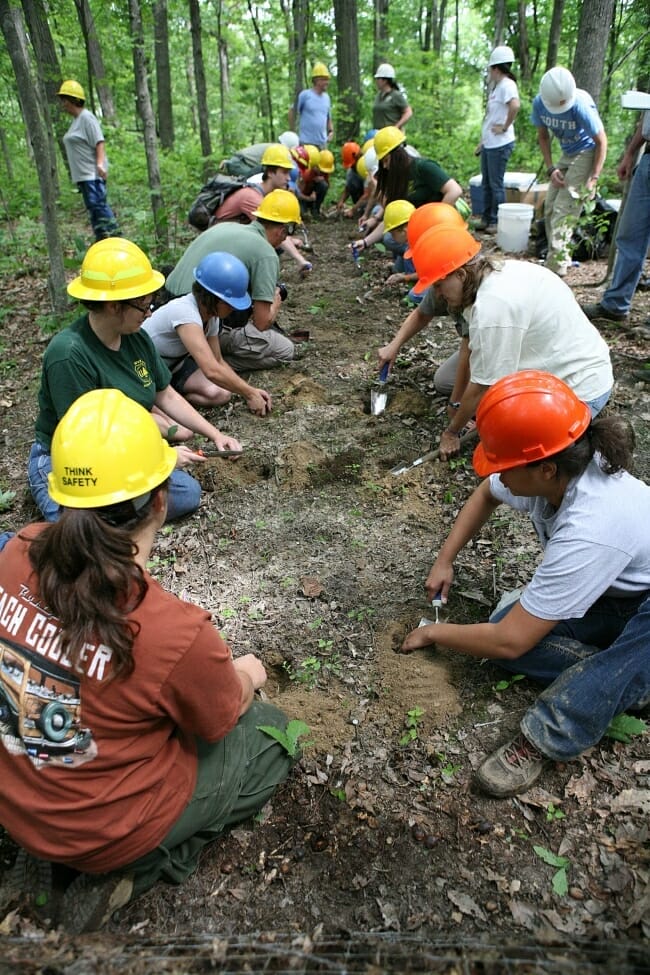
In 2020, the U.S. Fish and Wildlife Service reclassified the American Burying Beetle as a threatened species, one step down from endangered. There are currently several attempts to reintroduce the beetles to formerly native habitats, with efforts underway in Massachusetts and Ohio. The beetles remain under study in Arkansas, and though they’ve been downlisted recently, some scientists predict the populations in the area won’t survive. However, it’s hoped that by reintroducing the beetle in other states, this unique American species will continue its important role in the future.
Cover photo of American Burying Beetle via Henry Gonzalez, Flickr.
We do the work.
You check your email.
Sign up for our weekly e-news.
Get stories sent straight to your inbox!









Like this story? Read more from Kimberly Mitchell
The Razorbacks are famous across Arkansas and beyond. Many sports fans...
Women’s volleyball has become a central sport in Arkansas, deeply...
For many years, western Arkansas was the edge of the frontier. After the...
Join the Conversation
Leave a Comment